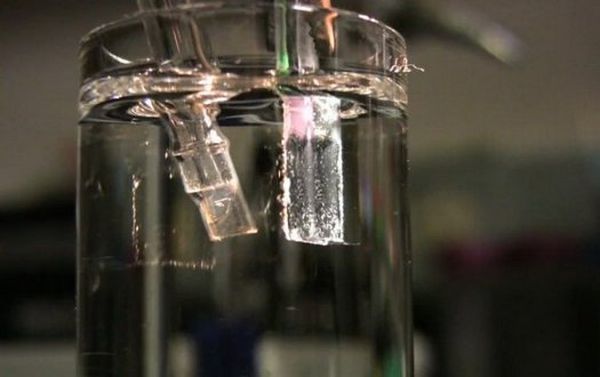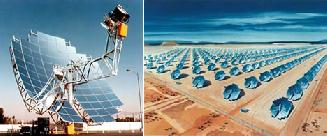
What’s happening right now?
With the advent of renewable sources of energy and most importantly the ingenious ways of optimally utilizing them, we are certainly going forth into an unprecedented ‘green’ era. Innovative conceptions adopting unique technologies such as effective photovoltaic arrays, efficient wind turbines and even naturalistic bio-fuels, are propitiously making their mark as embodiments of sustainability. But what if a figment of clean energy can support our personal space, our very private homes? Without any shred of doubt that would be a significant step forward, albeit in a much more micro and intimate level; a level we can all identify with.
Trends:
1. MIT professor hints at powering your home and car with 5 liters of water:

Dr. Daniel Nocera of MIT has contrived of this fascinating conception, which calls for an ultra-efficient electrolyzer made from a composite of cobalt and potassium phosphate, that can work at room temperature. It will integrate a 6 X 5 meter (30 sq m) photovoltaic array, and by utilizing the solar energy can produce hydrogen and oxygen from just 5 liters of water. The resultant hydrogen can power our entire house and even charge our electric vehicle for 500 km!
2. A bottle of wastewater could be powering your house by next year:

Nocera has struck again, and this time in collaboration with the eminent TATA group, has conceptualized an artificial ‘leaf’, composed of low-cost chemical catalysts like cobalt and phosphate. Touted to produce electricity more efficiently than solar cells, this ‘naturalistic’ design utilizes water molecules from any source. The water molecules are split by natural sunlight just like in photosynthesis.
3. Hydro electric generator reuses water for continuous electricity generation:

Named as the Hydraulic Silo, this effectual hydro-electric generator contrived by Dindo Mangubat, integrates 5 different components which makes sure that water is not at all wasted, but rather it goes back to the water tank, to be used again for rotation of the turbine blades.
The concept
All of the above trends have one thing in common – they have all taken an advanced step towards harnessing clean and ‘green’ energy, and that too in subtle ‘naturalistic’ way which mimics nature itself. A good example would be the conception put forth by Dr. Nocera where the artificial ‘leaf’ can concoct hydrogen and oxygen from waste water to produce electricity. This process clearly alludes to the wholly natural process of photosynthesis. And here’s a data to keep things into perspective – the rate of energy capture by photosynthesis is approximately 100 terawatts, which is about six times larger than the power consumption of human civilization. This alone speaks volumes about the efficiency of a natural system that humans endeavor to recreate for their own sustainability.
The advantages
The advantages can be clearly seen especially when these technologies take their ultimate form. A year later a small home can be powered by a single bottle of water, but, as Dr. Nocera puts it, the continued research could lead to a refrigerator-sized “mini power plant” that could generate enough power for three billion people.
The impact
Though we are perhaps talking about the not so immediate future, but this could result in an almost Utopian stage where clean energy generation would take place conveniently, optimally and most importantly cost effectively. And finally, we humans can settle in a world where sustainability has reached its full circle, albeit at a much personal level.




